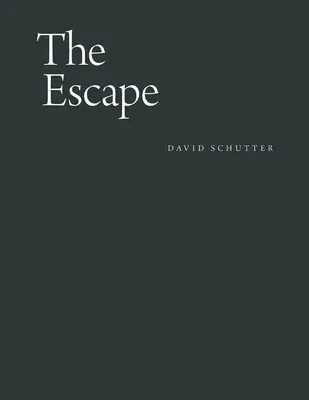David Schutter
(Author)The Escape: From a Seventeenth-Century Drawing Manual of the Face and Its ExpressionsHardcover, 5 October 2021

Qty
1
Turbo
Ships in 2 - 3 days
Only 2 left
Free Delivery
Cash on Delivery
15 Days
Free Returns
Secure Checkout

Print Length
136 pages
Language
English
Publisher
University of Chicago Press
Date Published
5 Oct 2021
ISBN-10
022646119X
ISBN-13
9780226461199
Description
Product Details
Author:
Book Format:
Hardcover
Country of Origin:
US
Date Published:
5 October 2021
Dimensions:
22 x
29.39 x
1.6 cm
ISBN-10:
022646119X
ISBN-13:
9780226461199
Language:
English
Pages:
136
Publisher:
Weight:
879.97 gm